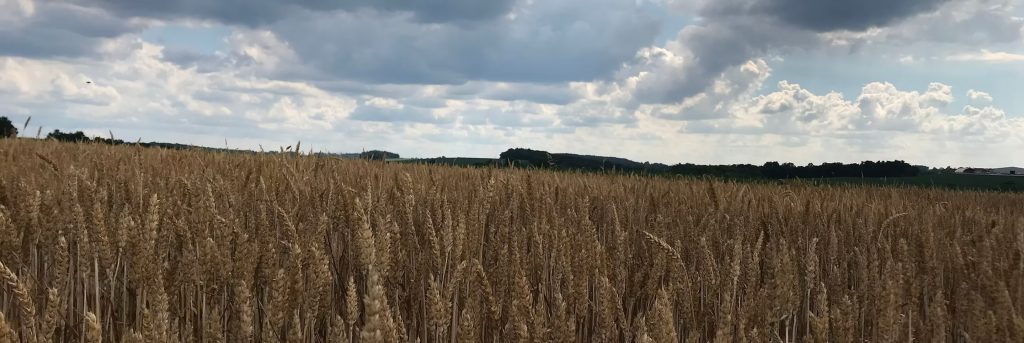Conservation Easements

What is a conservation easement?
In the United States, a conservation easement is an easement— a transfer of usage rights — which creates a legally enforceable land preservation agreement between a landowner and a qualified land protection organization (often called a “land trust”), for the purposes of conservation. It restricts real estate development, commercial and industrial uses, and certain other activities on a property to a mutually agreed upon level.
The decision to place a conservation easement on a property is strictly a voluntary one and the restrictions, once set in place, “run with the land” and are binding on all future landowners (in other words, the restrictions are perpetual). The restrictions are spelled out in a legal document that is recorded in the local land records and the easement becomes a part of the chain of title for the property.
The primary purpose of a conservation easement is to protect agricultural land, timber resources, and/or other valuable natural resources such as wildlife habitat, clean water, clean air, or scenic open space by separating the right to subdivide and build on the property from the other rights of ownership. The landowner who gives up these “development rights” continues to privately own and manage the land and may receive significant state and federal tax advantages for having donated the conservation easement. Perhaps more importantly, the landowner has contributed to the public good by preserving the conservation values associated with their land for future generations. In accepting the conservation easement, the easement holder has a responsibility to monitor future uses of the land to ensure compliance with the terms of the easement and to enforce the terms if a violation occurs.
DONATION OF A CONSERVATION EASEMENT
- Although the donation of an easement decreases a landowner’s development rights associated with the property, it does allow them to continue ownership and use of the land to sell or pass on to heirs as they wish.
- Easements are tailored to fit each property and the wishes of individual landowners so as to best protect the subject property.
- Can result in an income tax deduction, PA income tax credit, and reduced property and gift and estate taxes. See our tax benefits for more information.
OUTRIGHT DONATION OF LAND
- Full title and ownership are transferred to a nonprofit conservation organization or qualified governmental agency.
- The most straightforward way to protect your land and to ensure that it is properly managed in the long term.
- Generally yields the maximum potential income and estate tax benefit and preserves the land in perpetuity.
- Endowment needed for the ongoing care of the property.
HYBRID – DONATION AND SALE OF CONSERVATION EASEMENT
- Same as Donation above, except TLC works with State, County, Township and its own Land Reserve Fund to purchase a portion of the conservation easement rights.
- Landowners take advantage of tax deductions while recognizing income as well.
Questions?
If you have any questions, feel free to email Abbie Kessler.